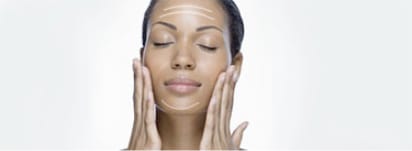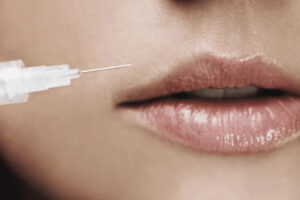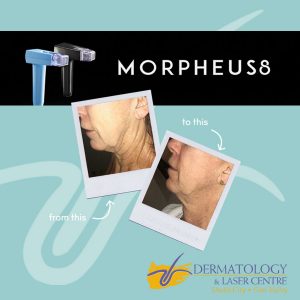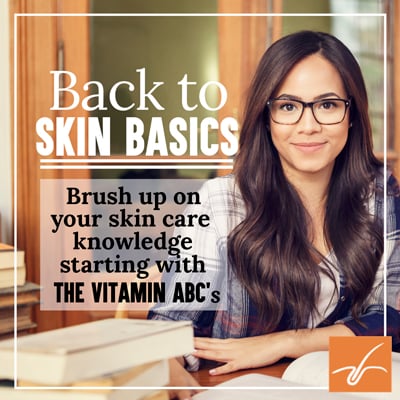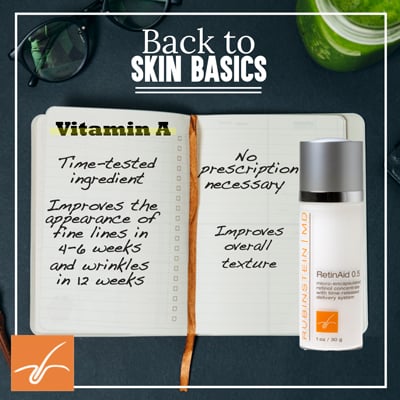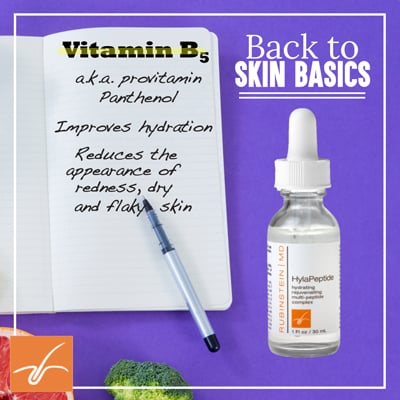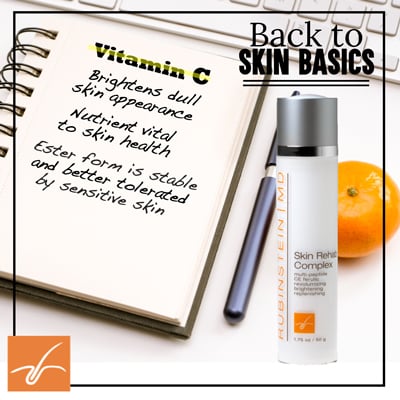Acne
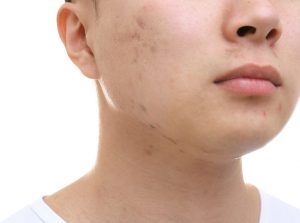
What causes acne?
Acne is a common skin condition caused by inflammation of the hair follicles and oil-producing (sebaceous) glands of the skin. Hair follicles are the tiny tubes that hold the hair in the scalp.
This concern may begin during puberty, and affects about 80 percent of all adolescents. It occurs when skin cells are not being shed normally, and these sticky cells block the skin’s hair follicles. This traps a body oil called sebum, which is produced by nearby sebaceous glands. The blocked, oil- filled follicle then causes the bacteria normally in the hair follicles to multiply. This leads to inflammation, redness and the formation of pimples (pustules).
In adolescents, flare-ups probably are related to a natural increase in androgen hormones during the teen years. Hereditary factors also contribute to the problem. Other factors include the use of oily cosmetics, humidity, heavy sweating, and problems with the ovaries or adrenal glands. Acne also can be triggered by drugs such as lithium or steroids, both the type that are prescribed by physicians and potentially harmful “body-building” steroids. It is not related to diet or poor hygiene. In fact, too much washing can cause flare-ups to get worse.
Symptoms acne can cause:
Blackheads and whiteheads (comedones) — Comedones are enlarged hair follicles filled with sebum. Blackheads are comedones that have opened to the skin’s surface. The color of the sebum makes them appear black. Whiteheads are comedones that are closed on the surface.
Pimples (pustules) — Pustules are inflamed hair follicles. The bacteria in the follicle multiply, attracting infection-fighting cells, which release substances that cause irritation and redness. The follicle then ruptures, and spills the contents into the surrounding skin, which causes more inflammation.
Nodules and cysts — These are larger infections of the hair follicles that extend deeper into the skin, forming firm, deep bumps and swellings. Like pimples, they are caused by increased sebum production and the growth of bacteria, which cause irritation and redness.
In girls and women, flare ups are common during the menstrual cycle or ovulation.
Condition diagnosis
Acne can be diagnosed based on a simple physical examination. We look for acne comedones, pustules, nodules and cysts on your face, chest, back, upper arms and shoulders. We also will ask questions about your medical history to try to identify contributing factors. You will be asked about your menstrual history, patterns of hair growth, cosmetics, facial cleansers and medications.
Expected duration
Acne flare-ups may occur at any time after puberty, but are more common during the teen years. Adult acne or rosacea is another type of acne which occurs in patients beginning in their twenties and well into their forties.
Prevention
Unfortunately, acne cannot be prevented if it is going to develop. It’s helpful to remember that acne develops in most people and is a normal part of maturing hormonally. However, some people are more prone to developing acne. It is, however possible to control acne as soon as it begins and help prevent acne scarring.
Treatment
Dr. Rubinstein develops an individualized program for each patient. The treatment for acne includes a combination of the following methods:
Salicylic acid washes and Antibacterial Facial Cleansers— These washes help to empty comedones of sebum.*
Benzoyl peroxide gels — These medications are applied to the skin as a thin film. They dry and peel the skin, fight the growth of bacteria, and help to clear blocked hair follicles.* Some are available in weaker over-the-counter lotions. If these don’t work, your doctor can prescribe the stronger and more effective gel forms.*
Tretinoin (Retin-A) — This is applied to the skin as a cream, gel or liquid. It helps to clear the skin of plugged follicles by increasing the turnover of skin cells.* Because it also increases the skin’s sensitivity to sunlight, tretinoin should be used with a sunscreen.
Antibiotics — Clindamycin (Cleocin) and erythromycin (several brand names) can be applied directly to the skin to reduce the growth of acne-causing bacteria.* If these topical treatments fail, acne is treated next with oral antibiotics (usually tetracyclines) or isotretinoin (Accutane). However, these medications can have side effects and therefore are available only by prescription. Also, because isotretinoin causes birth defects, women on the medication who are sexually active must use contraception to make absolutely sure they do not become pregnant either during the four months of Accutane treatment or for one month after treatment.*
Laser Acne Therapy and PhotoDynamic Acne Therapy (PDT) — An agent called Levulan is applied to the skin for one hour. The skin is then treated with Intense Pulsed Light or Blue Light Laser. The treatment is repeated three to five times. This treatment costs between $350 and $750 per treatment, however, acne is resolved for approximately one year and future breakouts are reduced, though actual duration of results will differ from patient to patient.* Skin texture and tone are also dramatically improved, contributing to the success of PDT.* This treatment is used for moderate to severe acne patients. VBeam laser treatments can also be used in combination with PDT to improve acne.*
Microdermabrasion — a skin care treatment that uses a slightly abrasive instrument to gently sand your skin and remove the thicker, uneven outer layer.* Dead skin cells often clog pores and produce acne. By sanding away the dead skin cells and unclogging your pores, you can get cleaner, healthier-looking skin.*
When to call a professional
If you or your child has acne that is not controlled with over-the-counter washes or gels, call us at (818) 505-9300 (our Studio City location) or (805) 522-3300 (our Simi Valley location). Remember that with teenagers, the amount of acne may not be a true gauge of the impact of the problem on a child’s life. Even small amounts can be embarrassing and psychologically painful to young people.
On the other hand, if you perceive your child’s acne as a problem and he or she does not, be patient. You cannot force him or her to want treatment. As friends mature and there are changes in attitude about acne and treatment, your child likely will approach you about seeing a doctor.
Prognosis
Acne almost always can be controlled with medication, although results may not be seen for weeks or months.* For example, most medicines that are applied to the skin (topical) begin to show improvement within several weeks.* Tretinoin may show peak results after several months.* Laser treatment may work faster.*
Acne treatments in Los Angeles
Acne Guide
Check out our latest blog entry, Acne Guide, to learn even more!
*Individual results may vary; not a guarantee.
Explore Treatments We Offer for Acne:
Schedule Now Patient Info Guide

